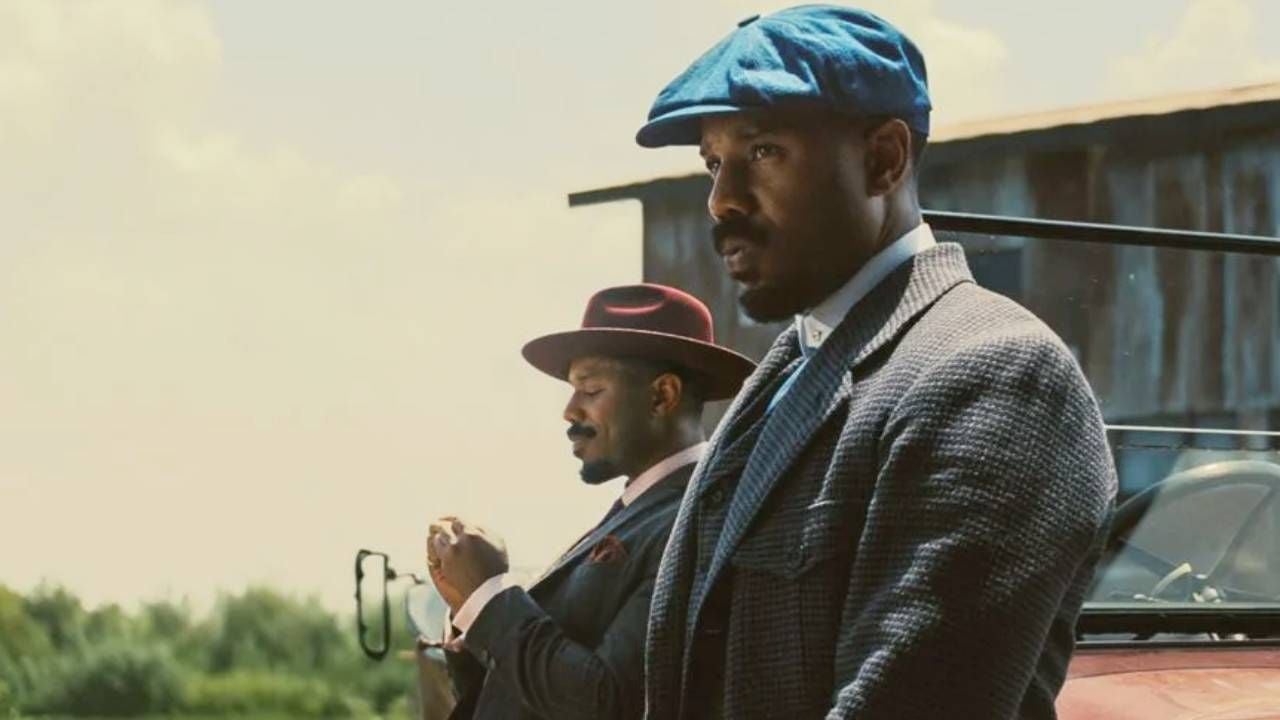Scott and Melanie McClure are a Texas couple. They have been married for nine years, share each other’s passion for tantric practices and their orgasm lasts 18 hours. No, it’s not a typo. Scott and Melanie insist that their ecstasy lasts about twenty hours. How they do it, why and how they feel at the same time – read in our material.








